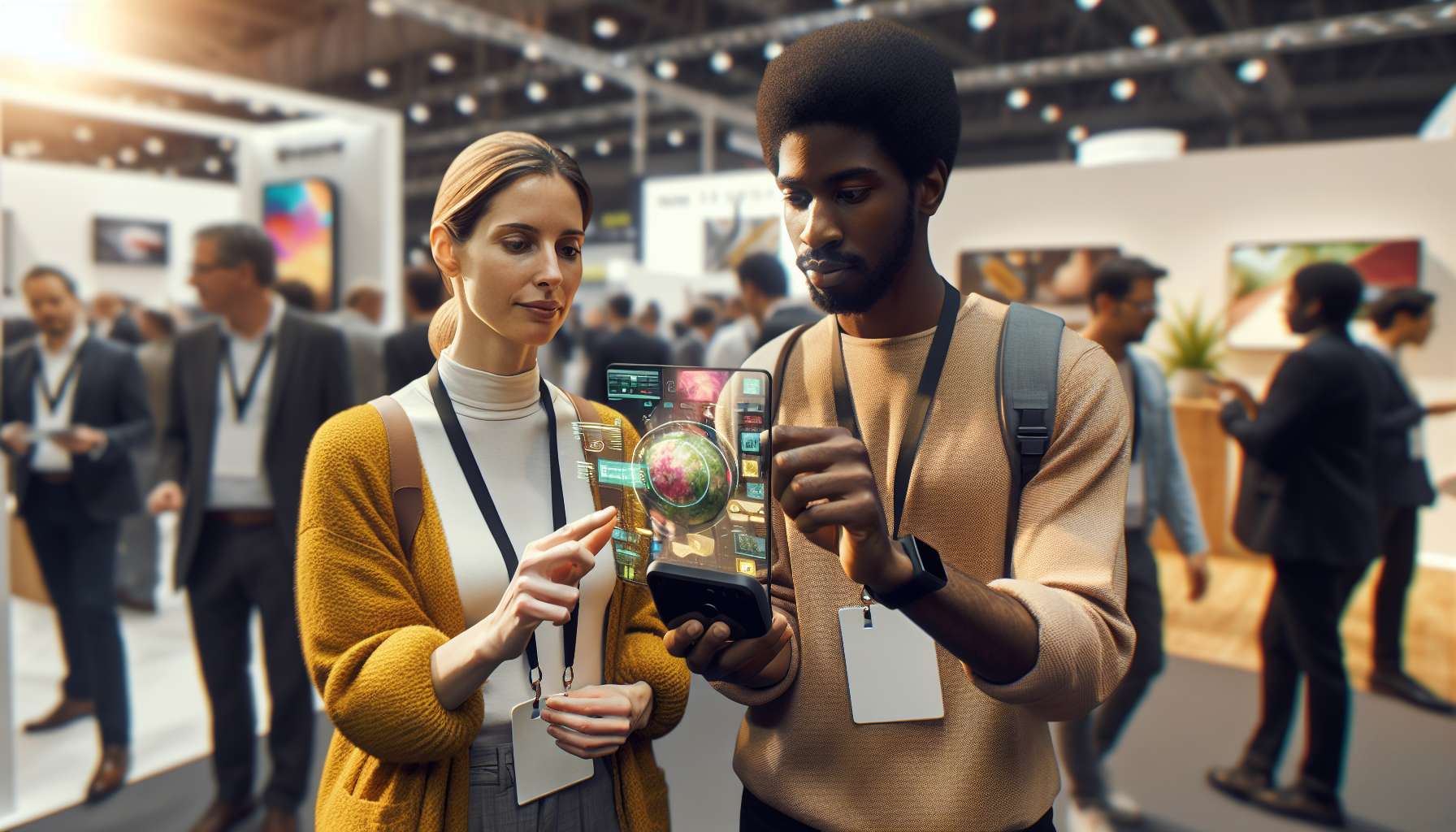Transforming Trade Shows with Augmented Reality: Strategies for Enhanced Experiences
Trade shows have long been a staple in the business world, providing a platform for companies to showcase their products and services to a targeted audience. However, in today’s fast-paced and technology-driven world, simply setting up a booth and handing out brochures may not be enough to capture the attention of potential customers. This is where augmented reality (AR) comes into play, revolutionizing the trade show experience and offering new opportunities for businesses to engage with their audience.
What is Augmented Reality?
Before we delve into the strategies for enhancing trade shows with AR, let’s first understand what augmented reality is. AR is a technology that overlays digital information, such as images, videos, or 3D models, onto the real world. By using a smartphone, tablet, or AR glasses, users can interact with virtual elements that appear as if they are part of their physical environment.
Creating Immersive Experiences
One of the key advantages of using AR at trade shows is the ability to create immersive experiences for attendees. Instead of simply looking at static displays, visitors can engage with interactive content that brings products to life. For example, a furniture company can use AR to allow customers to visualize how a particular piece of furniture would look in their own homes. This not only enhances the overall experience but also helps potential customers make more informed purchasing decisions.
Engaging Attendees with Interactive Demos
AR can also be used to provide interactive demos that captivate attendees and leave a lasting impression. Instead of relying on traditional product demonstrations, businesses can leverage AR to showcase their offerings in a more engaging and memorable way. For instance, a car manufacturer can use AR to allow visitors to virtually explore the interior and exterior of their latest models, even before they hit the market. This not only generates excitement but also allows potential customers to experience the product firsthand.
Personalizing the Experience
Another powerful aspect of AR is its ability to personalize the trade show experience for each attendee. By leveraging data and AI algorithms, businesses can tailor AR content to match the specific interests and preferences of individual visitors. For example, a clothing retailer can use AR to create virtual fitting rooms, where customers can try on different outfits without physically changing clothes. This not only saves time but also provides a personalized and convenient shopping experience.
Measuring Success with Analytics
AR also offers valuable insights into the effectiveness of trade show strategies. By tracking user interactions and engagement with AR experiences, businesses can gather data that helps them understand what works and what doesn’t. This data can then be used to refine future trade show strategies and optimize the overall ROI. For example, by analyzing user behavior within an AR demo, a company can identify which features or aspects of their product generate the most interest, allowing them to focus their marketing efforts accordingly.
Getting Started with AR at Trade Shows
Now that we’ve explored the potential of AR in enhancing trade show experiences, let’s discuss some practical tips for getting started:
- Define clear objectives: Determine what you want to achieve with AR at your trade show booth. Whether it’s increasing brand awareness, generating leads, or showcasing new products, having clear objectives will guide your strategy.
- Choose the right AR platform: There are various AR platforms available, each with its own features and capabilities. Research and select a platform that aligns with your specific needs and budget.
- Create compelling content: Invest in creating high-quality AR content that is visually appealing and interactive. Remember, the content should align with your brand and resonate with your target audience.
- Promote your AR experience: Let attendees know about your AR offerings before the trade show. Utilize social media, email marketing, and other channels to generate excitement and drive traffic to your booth.
- Train your staff: Ensure that your booth staff is well-trained in using AR technology and can effectively guide attendees through the AR experiences. They should be able to answer questions and provide assistance when needed.
By incorporating AR into your trade show strategy, you can transform the way you engage with potential customers and stand out from the competition. Embrace the power of AR and unlock new opportunities for success at your next trade show.





